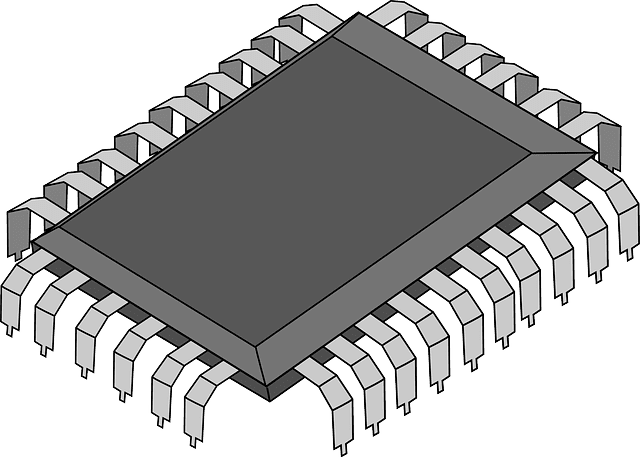How tech can combat Covid-19 in marginalized communities – MedCity News
The Covid-19 pandemic brought to light the glaring disparities that exist in marginalized populations when it comes to the ability to achieve appropriate health care and achieve positive health outcomes.
While Covid-19 affected every person, it hurt people of color and those in rural area…….

The Covid-19 pandemic brought to light the glaring disparities that exist in marginalized populations when it comes to the ability to achieve appropriate health care and achieve positive health outcomes.
While Covid-19 affected every person, it hurt people of color and those in rural areas at disproportionately higher rates.
Technology has the ability to address some of these concerns that have been shown during coverage of the systematic issues and other contributing factors to these challenges. Technology already exists in many forms that can reduce the impact of Covid-19 in marginalized communities, but it has largely been overlooked.
Let’s look at three important factors that have driven up Covid-19 cases in marginalized communities: Screening, testing and tracing.
Our current system of screening, testing and tracing is based on the assumption that people at risk for Covid-19 have easy access to doctors and facilities that can screen them for the likelihood of exposure. It also assumes they can easily travel to an on-site facility to receive a test and can provide the information that healthcare workers need in order to determine other possible exposures (tracing).
This idea, though, overlooks the people that live close to these types of facilities. People living in under-resourced communities already lack access to health care facilities, ranging from facing challenges in their ability to physically travel to a facility (lacking transportation) to not having a primary care provider to turn to for advice. These and other factors can prevent the implementation of a reliable (and equitable) system of screening, testing, tracing and treatment.
Technology can significantly bridge this divide. While not a panacea, technology can help connect marginalized populations to care and researchers in easier ways, ensuring their voice is heard during research.
- Screening: By sidestepping the logistical and financial challenges of in-person visits to a healthcare facility or provider, today’s?digital screening apps?offer an alternative by resting on a platform already in the hands of the majority of individuals — a phone. Algorithms can determine the likelihood of exposure and related symptoms, much as a provider can, digital screening tools can quickly triage individuals (such as front-line grocery or retail workers or those who live in apartments or multigenerational households) for the likelihood of risk and exposure without the barrier of a trip to a doctor’s office.
- Testing: At-home testing kits continue to grow in popularity. These test kits can be done easily and accurately from a person’s home and can be delivered to people in need. The results can be sent to a lab and then …….
Source: https://medcitynews.com/2021/12/how-tech-can-combat-covid-19-in-marginalized-communities/








